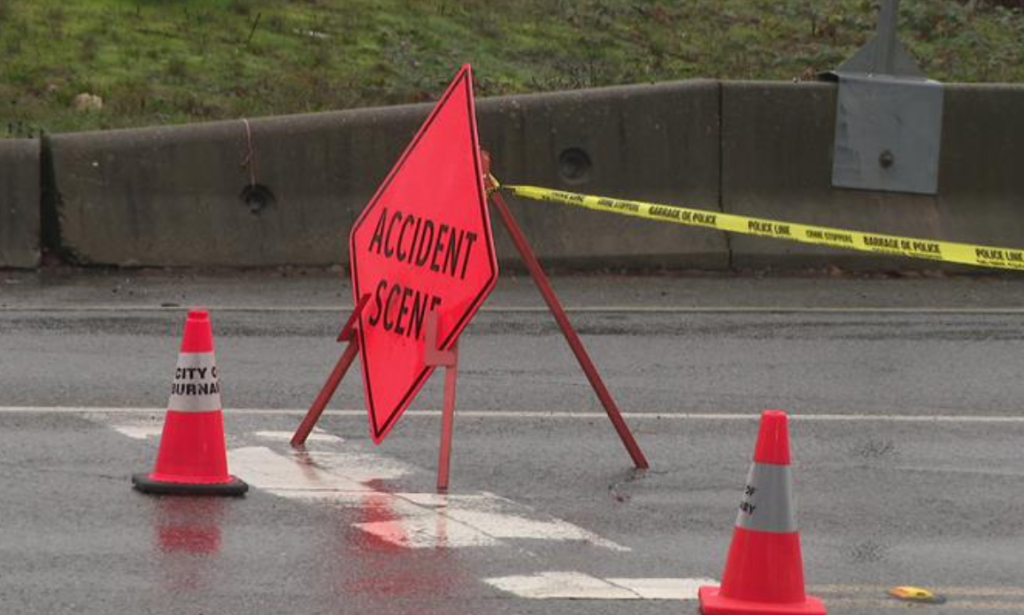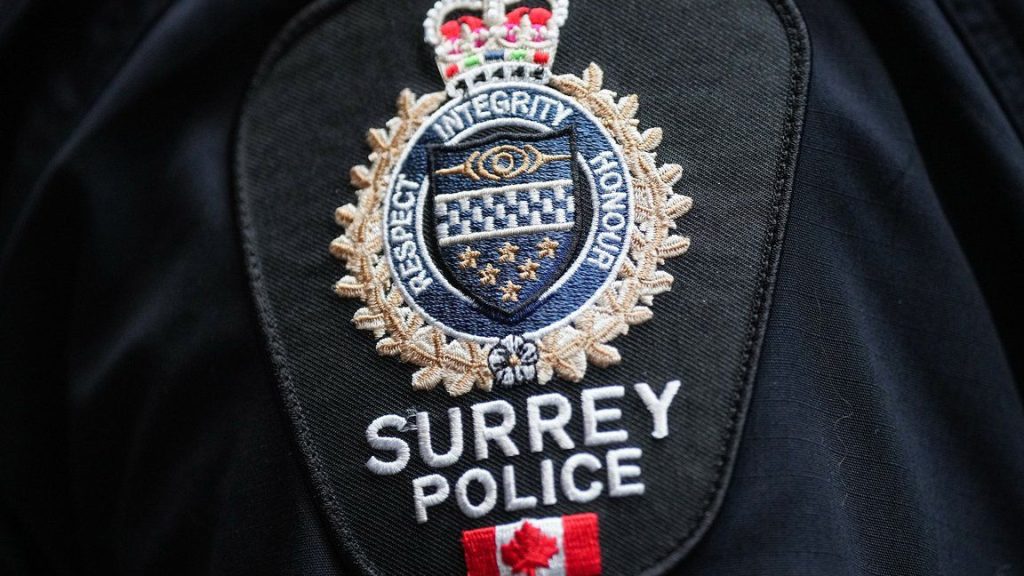B.C. toxic drug deaths surpass 10,000 since public health emergency declared

Posted August 16, 2022 9:23 am.
Last Updated August 16, 2022 6:39 pm.
B.C. has reached a grim milestone in the toxic drug crisis. A little over six years since the crisis was declared a public health emergency, more than 10,000 people have died.
The BC Coroners Service says nearly 1,100 of those deaths were recorded in the first six months of 2022.
“Deaths due to toxic drugs in the first half of 2022 have surpassed the number of deaths experienced in the same period in 2021, putting our province, once again, on track for a record loss of life,” said Chief Coroner Lisa Lapointe.
In June, there were 146 deaths believed to be the result of toxic drugs, equating to about five deaths per day.
The number of deaths in June were down 26 per cent compared to May (197). It’s also 17 per cent lower than the number recorded in June, 2021.
Last month, Lapointe told CityNews she was frustrated.
“If there were a multi-vehicle fatality and six people died on a highway, that would get people’s attention,” she said on July 18. “But six people die every single day in our province as a result of toxic drugs and I worry that we’re becoming accustomed to it and we’re finding it’s just the cost of doing business and it shouldn’t be. We are losing tremendously valuable people, who are loved and who contribute to their communities and just happen to use drugs and the toxic supply is just so risky.”
Read more: ‘I am frustrated’: B.C.’s coroner admits fear as drug crisis worsens
The Coroners Service says 73 per cent of those who have died in 2022 were aged 30 to 59, and 78 per cent were men. The vast majority (84 per cent) of deaths happened indoors, including 56 per cent that occurred in private homes.
“There is no average person dying as a result of drug use. There is no stereotype,” Lapointe said last month. “There are people who are really disadvantaged and vulnerable on the Downtown Eastside who die, but there are people in suburban neighbourhoods who die just as often. There are people in rural communities, small communities, people from all walks of life — we see those people as coroners. Of course, because of the stigma, families don’t want to share that their loved one died as a result of drug use. What we really need people to understand is this can happen to anybody and we’re all vulnerable.”
No deaths have been reported at supervised consumption or drug overdose prevention sites.
Fraser and Vancouver Coastal Health are the regions reporting the highest number of toxic drug deaths in 2022, however the highest rate is in Northern Health (53 deaths per 100,000 people).
The Coroners Service says the proportion of deaths among people aged 50 and up has “steadily increased year after year for the past six years.”
When it comes to the substances involved in toxic drug deaths, the service says while the detection rate of benzodiazepines had spiked from from 15 per cent of samples in July
2020 to 52 per cent in January 2022, it has dropped to 33 per cent in June of this year.
“Between July 2020 and June 2022, etizolam was found in 39% of illicit drug toxicity deaths that have undergone expedited toxicological testing. Etizolam is a benzodiazepine analogue
and non-opioid sedative that does not respond to naloxone and creates life-saving challenges for first responders,” the service added.
Related article: B.C. on pace for another record year of illicit drug deaths
Lapointe said last month an ongoing stigma around drug use continues to lead to deaths.
“There is so much shame around drug use, particularly in families. People don’t want to disappoint their families. They don’t want to let their families down because families often know and they’re so afraid their loved one is going to come to harm. But by stigmatizing people and marginalizing people, in fact, more harm is the result because they are now ashamed and they will use alone, and they won’t ask for help or they won’t ask for somebody to be nearby.”








